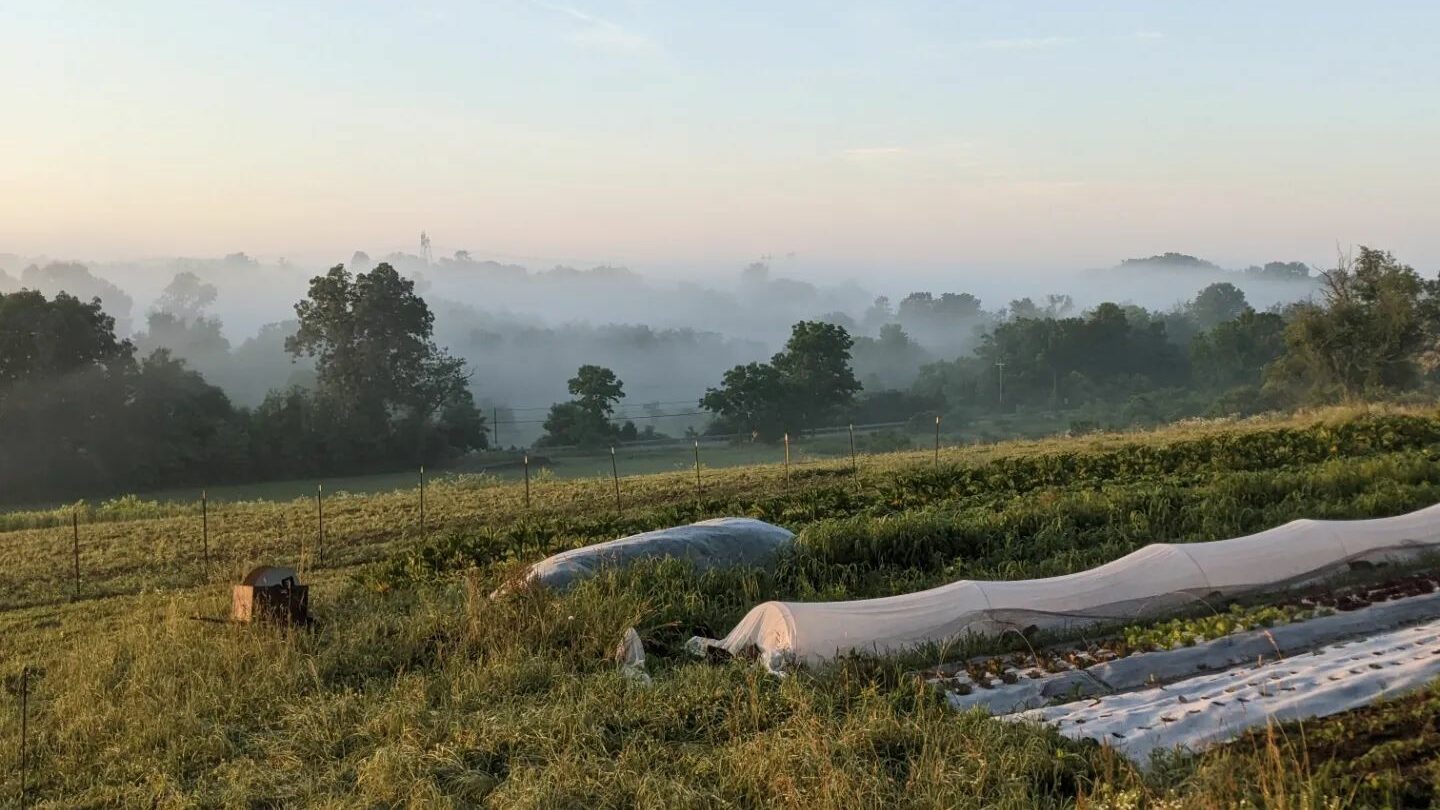
The federal Farm Bill is reauthorized by Congress roughly once every five years. It has an enormous impact on farmers’ livelihoods and how the U.S. food system works. Adding your voice to the 2023 Farm Bill conversation is one of the most important ways you can advance healthy, sustainable, and equitable food systems.
The U.S. House Agriculture Committee is gathering feedback about how the current 2018 Farm Bill is (or isn’t) working. Tell Congress how the 2023 Farm Bill can support a more equitable and sustainable future.
✅ Be sure to check the “Title II, Conservation” box!
Not familiar with the Farm Bill? No sweat! We put together a list of four key sustainable agriculture policy needs to help guide your comments to Congress. You can simply share the following messages, or you can use them as inspiration to craft your own message.
Soils with high levels of organic matter can mitigate both flooding and drought on farms. The benefits of healthy soils also extend beyond the edges of farmers’ fields. Take heavy rainfall as an example: Pennsylvania is the second most flood-prone state in the nation, but healthy soils better absorb water and can increase our capacity to withstand extreme weather.
Policy ask: Prioritize and increase funding for programs that support soil health.
The Conservation Stewardship Program (CSP), Environmental Quality Incentives Program (EQIP), Regional Conservation Partnership Program (RCPP), and many other programs incentivize soil health practices like reducing tillage and intensive cover cropping. With increased training for USDA employees, these programs could do even more to help farmers move beyond isolated practices and implement whole farm conservation plans. This type of support is especially critical for small, mid-sized, diversified, and historically underserved farms.
There is a diverse array of climate-smart practices that support the long-term financial viability of a farm business, and have the potential to reduce costs and generate new revenue streams.
Policy ask: Expand the scope of government-funded conservation to embrace the growing interest in agroforestry, dual-use solar, and grazing.
The surge of farmer interest in agroforestry practices—like alley cropping, silvopasture, riparian buffers, and forest farming—should be met with a proportionate increase in support. These practices have huge potential to build soil health and climate resilience, while also diversifying farm revenue. Income-producing buffer plantings of fruit or nut crops, for instance, can intercept agricultural runoff if planted along streams. These win-win projects add income streams for farmers and also protect water quality. A Conservation Reserve Program (CRP) income-generating riparian buffer program was approved in the 2018 Farm Bill, and USDA needs to implement this program as soon as possible.
Many farmers have also expressed an interest in solar energy, but most want solar options to be compatible with ongoing farming—and not to displace existing farmland. The Farm Bill’s Rural Energy for America Program (REAP) should provide support specifically to farmers who integrate dual-use solar (e.g. panels that allow for livestock grazing and cultivating crops under and around panels) into their farming practices. This revenue stream can be a lifeline for many farms, especially those with marginal lands, and can help mitigate catastrophic droughts and floods driven in part by a changing climate.
Widespread adoption of conservation practices is imperative, but barriers to land access and to government programs are preventing farmers from implementing more of these practices.
Policy ask: Several administrative improvements would help equitably increase access to and participation in Farm Bill programs.
Reducing or eliminating cost-share requirements in CSP, EQIP and the Agricultural Conservation Easement Program (ACEP) for eligible low-income farmers would allow for more widespread adoption of conservation practices. Proactive outreach by the Farm Service Agency (FSA), including publishing information in languages other than English, would help to increase the number of beginning farmers and farmers of color who enroll in these programs.
Even for farms actively engaged in conservation, implementation of new practices is limited by time, expense, and know-how.
Policy ask: Most farmers looking to try new conservation practices say technical assistance is what they need most.
Cut-backs by land grant university extension programs have exacerbated the shortage of technical support for farmers in recent years. More Natural Resources Conservation Service (NRCS) funding for technical assistance and conservation planning, either through USDA agents or through cooperative agreements, coupled with more streamlined application processes, can help fill this gap. Farmers want to be responsible stewards, but do not have the time, money, or capacity to do this work alone.
Submit your comments to the U.S. House Agriculture Committee on what you’d like to see in the 2023 Farm Bill using the key messages above—or craft your own message. We encourage you to share your personal stories and experiences!